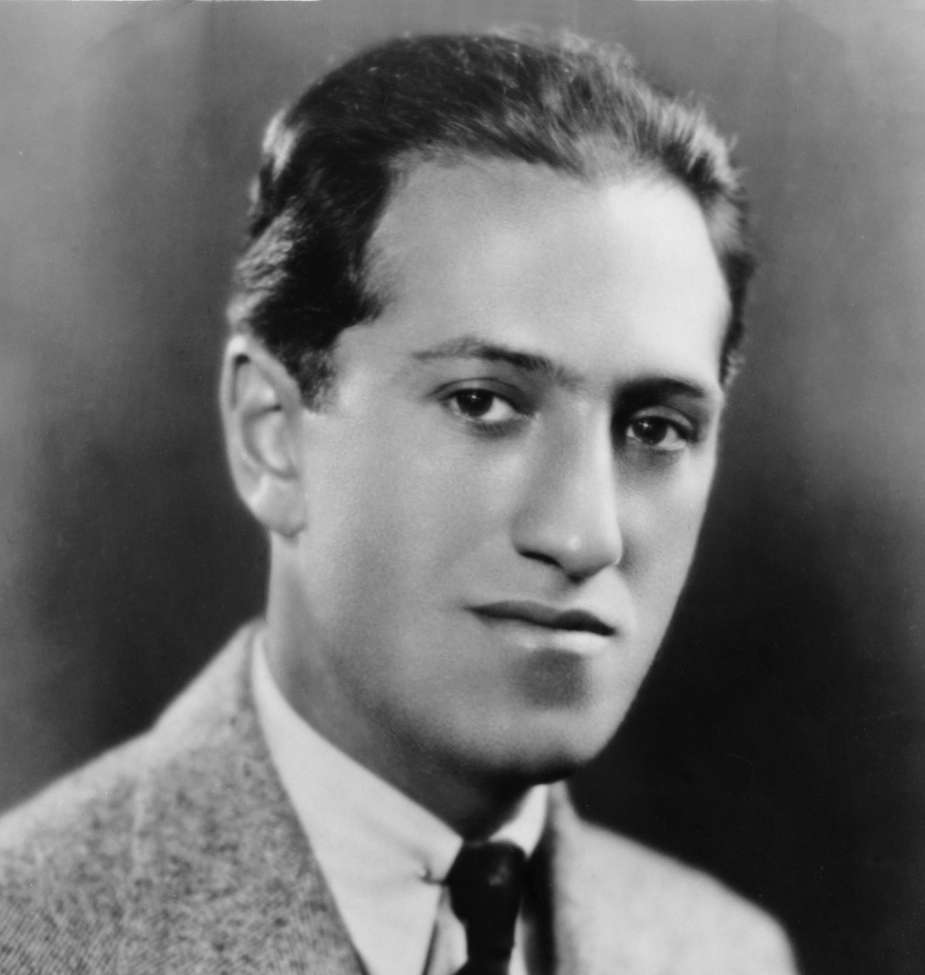
Drawing on the dynamic language of jazz, the piece communicated an entirely new range of moods and emotions in a classical context. Gershwin’s reputation as a “serious” composer had been secured in 1924 with the creation of Rhapsody in Blue. A five-hour operation ensued but he died the following morning, Ira at his bedside. With the Hollywood craze for psychoanalysis then in its initial full swing, his complaints of dizziness, headaches, despondency, and of the recurrent smell of burning rubber were dismissed as “hysteria brought on by the pressures and artificiality of Hollywood life.” In July, Gershwin abruptly fell into a coma, and, too late, his tumor was diagnosed. While Gershwin settled easily into the California lifestyle- hobnobbing with the rich and famous, even playing tennis with Arnold Schoenberg (also painting his portrait)-in the winter of 1937 he began to experience symptoms of the brain tumor that would shortly kill him.

They spent the winter of 1930-31 there working on songs for the film Delicious, and in the summer of 1936 they returned under contract to RKO in the space of a year, they provided numbers for Shall We Dance?, A Damsel in Distress, and The Goldwyn Follies. In light of their Broadway success, it was natural that George and Ira would be called to Hollywood to conjure up hit songs for the movie musicals that were fast becoming the Depression era’s number-one escape from reality. Their extraordinary partnership produced some of the greatest songs in the English language, including “’S Wonderful,” “Somebody Loves Me,” “Fascinating Rhythm,” “The Man I Love,” “Someone to Watch Over Me,” “Strike Up the Band,” “Embraceable You,” “Let’s Call the Whole Thing Off,”“They All Laughed,” “They Can’t Take That Away From Me,” and “A Foggy Day.” His principal collaborator in these was his elder brother, Ira Gershwin (1896-1983). Wodehouse), Strike Up the Band, Girl Crazy, and Of Thee I Sing (awarded the Pulitzer Prize for drama in 1932). Subsequent Broadway shows included Lady Be Good!, Oh, Kay! (book by P. He quickly made a mark as a songwriter, hitting the big time in 1919 with “Swanee,” which A1 Jolson recorded the following year.įrom 1920 to 1924 Gershwin wrote the music for the annual revue George White’s Scandals. He later worked as a rehearsal pianist on Broadway and an accompanist to pop singers in 1918 he was hired as a staff composer by the music firm of T. Gershwin had little exposure to music until his 12th year, when the family bought an upright piano that he quickly taught himself to play before then, he said, he had been a rowdy child both in and out of school, a “nuisance.” He subsequently studied with a number of teachers, but had acquired no more than a rudimentary knowledge of theory, harmony, counterpoint, and orchestration by the time he went to work, at 15, for Remick & Co., plugging songs for $15 a week on Tin Pan Alley. Originally Gershovitz and then Gershvin, the family moved to Brooklyn, where George was born in 1898 (birth name Jacob he was the family member who eventually decided upon “Gershwin,” with everyone else following his lead). Gershwin’s parents came to the United States from Russia sometime around 1891 they met in New York, got married in 1895, and settled in a poor Jewish neighborhood on Manhattan’s Lower East Side.

Forever young, fresh, and American, his scores convey the assertive spirit and the charged emotions of the Jazz Age, and remain among America’s most popular musical exports. With an unsurpassed melodic gift and a sure instinct for the rhythms of his nation’s musical vernacular, he created a body of works that has kept a hold on the public for more than three generations. Hollywood, July 11, 1937)Īmerican composer, pianist, and songwriter.


 0 kommentar(er)
0 kommentar(er)
